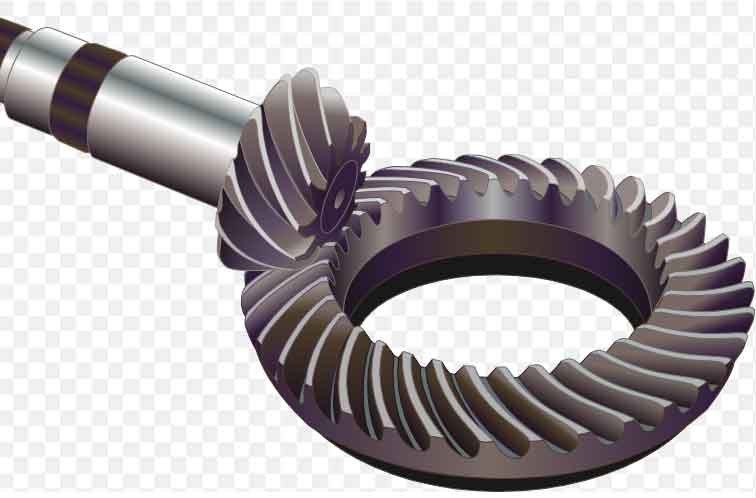Mastering the design of spiral bevel gears requires careful consideration of various factors to ensure precise power transmission and reliable performance. Here are some key aspects to focus on when designing spiral bevel gears:

- Gear Ratio and Tooth Geometry: Determine the required gear ratio for the specific application and calculate the tooth geometry accordingly. Consider factors such as the number of teeth, helix angle, and tooth contact pattern to optimize load distribution and minimize noise and vibration.
- Load and Strength Analysis: Perform a thorough analysis of the expected loads and forces acting on the gears. Consider factors like torque, bending moments, and contact stresses to ensure that the gears can withstand the applied loads without failure. Use advanced computer-aided engineering (CAE) tools and simulation techniques to validate the design.
- Gear Tooth Profile: Choose an appropriate tooth profile, such as the Gleason or Klingelnberg system, based on the specific application requirements. Pay attention to tooth modifications and crowning to ensure proper tooth contact, load distribution, and alignment.
- Manufacturing Considerations: Consider the manufacturing processes involved in producing spiral bevel gears. Take into account factors such as gear blank preparation, machining or grinding operations, heat treatment, and gear finishing to achieve the desired gear quality and dimensional accuracy.
- Lubrication and Cooling: Ensure proper lubrication and cooling mechanisms for the gears to minimize friction, wear, and heat generation. Select suitable lubricants and consider the gear geometry and operating conditions to optimize lubrication efficiency.
- Alignment and Assembly: Pay close attention to gear alignment during assembly to ensure smooth and accurate operation. Proper alignment of the shafts and precise adjustment of gear backlash are critical for minimizing noise, vibration, and wear.
- Inspection and Quality Control: Implement rigorous inspection processes to verify gear quality, dimensional accuracy, and tooth contact patterns. Use advanced inspection techniques like coordinate measuring machines (CMM) and gear analyzers to validate the gear geometry and performance.
- Maintenance and Service Life: Consider factors such as gear wear, fatigue, and service life expectations. Plan for regular maintenance and implement appropriate monitoring techniques to detect any potential issues and ensure the long-term reliability of the gears.
It is essential to collaborate closely with experienced gear designers and utilize advanced software tools for gear design and analysis. Additionally, staying updated with industry standards and best practices will help in mastering the art of spiral bevel gear design for precision power transmission.
